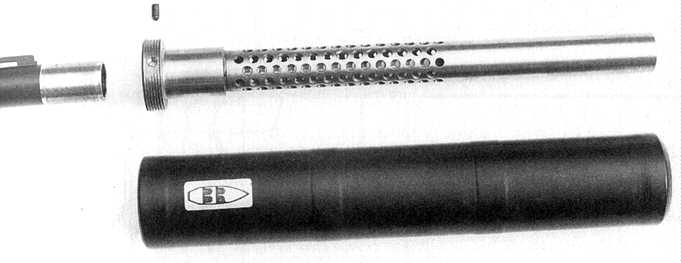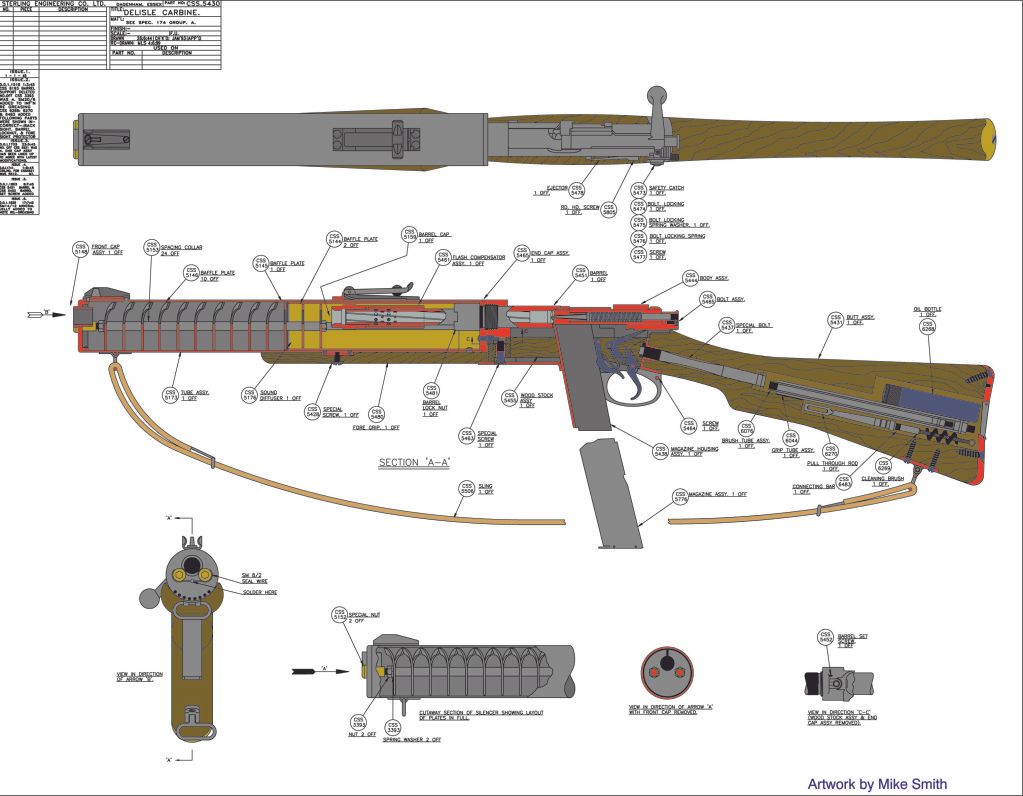Brian the brain wrote:If you run Timberwolf through GGDT you will most likely find that the pressure left in the reservoir after ammo cleared the muzzle.
Given the high valve efficiency, it's easy enough to estimate as just an adiabatic decompression. A C:B ratio of 1.5:1 means that the chamber tends to fall no further than about half pressure, although it will warm up slightly after firing.
The problem is not that the reservoir is too small. The problem is the valve.
The piston diameter is 26.2mm, with a seat diameter of 22mm. This means that at the point the forces are balanced on the piston, the pilot pressure is about 30% of the chamber pressure.
Now, in practice, the valve is going to start leaking air through the seal at a slightly higher pilot pressure than this (and can thus trigger the valve due to the force on the seat area), as some force differential is needed to seal the valve.
Still, I can get pistons to seal down to very low pressures, so the margin to create an airtight seal on the valve is fairly small.
So, the pilot pressure is inevitably lower than the chamber pressure as the projectile leaves the barrel. (So I guess, if you are saying things about the chamber size, you could say that it's too large relative to the valve dimensions).
The net force on the valve is still strongly in the red.
Thus, getting the valve to reseal at this point will require re-pressurising the pilot volume.
I actually did think up a way to do that a few years ago - build a piston valve tuned to that ratio of 50% pressure, give it a small reservoir, then hitch its pilot up to Timberwolf's chamber and its output to Timberwolf's pilot.
When chamber pressure falls below 50% - Bam, the piston valve opens and empties its reservoir into the pilot.
There's even a possibility to make the gas reservoir one side of the pneumatic cylinder for the semi-automatic magazine.
There were four issues I saw with it though.
1) Extra complexity, which may affect reliability.
2) If the main piston is be sealed up against its rear bumper, it may refuse to re-pressurise properly.
3) Sealing that fast may damage the piston face.
4) It's tuned for a specific C:B ratio, so may have a detrimental effect if barrel length is changed.
It does of course have the upsides of better air efficiency and a reduced report, but there's enough drawbacks to make me think twice or thrice about it.
how about the suppressor suggestions?
- #1 seems like it'll be really ugly.
- #2 is a lot like I already had in mind, just with a different way to make the reed valves.
- #3 sounds cool, but seems like it'll be heavier than other approaches.
mark.f wrote:Or use a hammer valve.
Not for this job, thank you very much.







